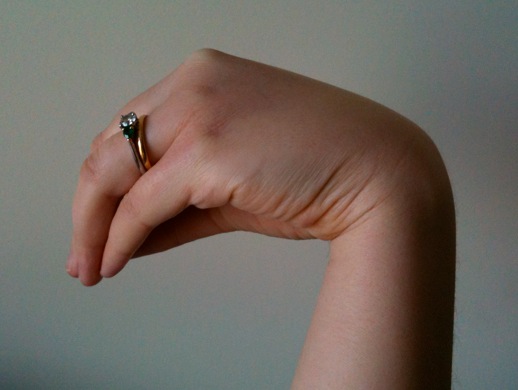Carpopedal spam
|
WikiDoc Resources for Carpopedal spam |
|
Articles |
|---|
|
Most recent articles on Carpopedal spam Most cited articles on Carpopedal spam |
|
Media |
|
Powerpoint slides on Carpopedal spam |
|
Evidence Based Medicine |
|
Clinical Trials |
|
Ongoing Trials on Carpopedal spam at Clinical Trials.gov Trial results on Carpopedal spam Clinical Trials on Carpopedal spam at Google
|
|
Guidelines / Policies / Govt |
|
US National Guidelines Clearinghouse on Carpopedal spam NICE Guidance on Carpopedal spam
|
|
Books |
|
News |
|
Commentary |
|
Definitions |
|
Patient Resources / Community |
|
Patient resources on Carpopedal spam Discussion groups on Carpopedal spam Patient Handouts on Carpopedal spam Directions to Hospitals Treating Carpopedal spam Risk calculators and risk factors for Carpopedal spam
|
|
Healthcare Provider Resources |
|
Causes & Risk Factors for Carpopedal spam |
|
Continuing Medical Education (CME) |
|
International |
|
|
|
Business |
|
Experimental / Informatics |
Editor-In-Chief: C. Michael Gibson, M.S., M.D. [1]
Overview
Trousseau sign of latent tetany is a medical sign observed in patients with low calcium.[1] This sign may become positive before other gross manifestations of hypocalcemia such as hyperreflexia and tetany, as such it is generally believed to be more sensitive (94%) than the Chvostek sign (29%) for hypocalcemia.[2][3].
Carpopedal Spasm

To elicit the sign, a blood pressure cuff is placed around the arm and inflated to a pressure greater than the systolic blood pressure and held in place for 3 minutes. This will occlude the brachial artery. In the absence of blood flow, the patient's hypocalcemia and subsequent neuromuscular irritability will induce spasm of the muscles of the hand and forearm. The wrist and metacarpophalangeal joints flex, the DIP and PIP joints extend, and the fingers adduct. The sign is also known as main d'accoucheur (French for "hand of the obstetrician") because it supposedly resembles the position of an obstetrician's hand in delivering a baby.
The sign is named after French physician Armand Trousseau who described the phenomenon in 1861.[5] It is distinct from the Trousseau sign of malignancy.
References
- ↑ Kumar, Abbas, Fausto. Pathologic Basis of Disease, 7th edition. Philadelphia: Elsevier-Saunders, 2005. 1188.
- ↑ Fonseca, OA; Calverley, JR (August 1967). "Neurological manifestations of hypoparathyroidism". Archives of internal medicine. 120 (2): 202–6. doi:10.1001/archinte.1967.00300020074009. PMID 4952674.
- ↑ Schaat M, Payne CA. Effect of diphenylhydantoin and phenobarbital on latent tetany
- ↑ "Wikipedia".
- ↑ Trousseau a. Clinique médicale de l'Hôtel-Dieu de Paris. Paris, 1861. Volume 2: 112-114.